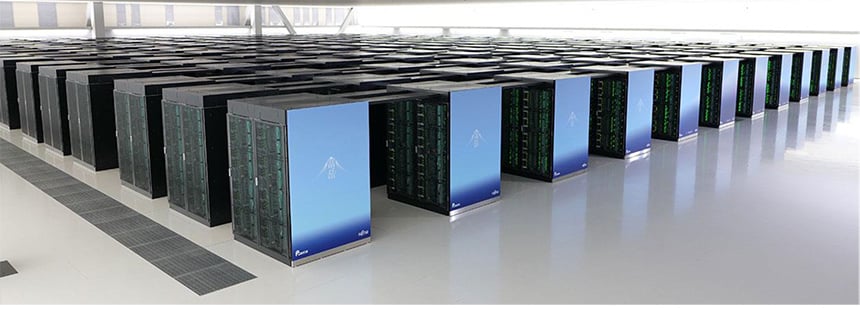Historically, the seismic industry has been among the world's biggest users of compute capacity. New fields of analysis from financial analysis, to climate research and drug development, now compete as the top users of so-called High Performance Computing (HPC). Meanwhile, HPC in the cloud has made supercomputers accessible on-demand to anyone with a budget. However, seismic applications like Full Waveform Inversion (FWI) and Least-Squares Migration remain hungry users of super compute capacity, and the oil and gas industry has a raft of new ambitions that depend on HPC.
Leaning heavily on the official TOP500 list of global supercomputers, the article considers the diversity of the architectures, identifies the largest global oil and gas industry installations and considers how HPC with supercomputers can be a key enabler for the next generation of seismic imaging and AI applications for oil and gas exploration and production.

Contact a PGS expert
If you have questions related to our business please send us an email.